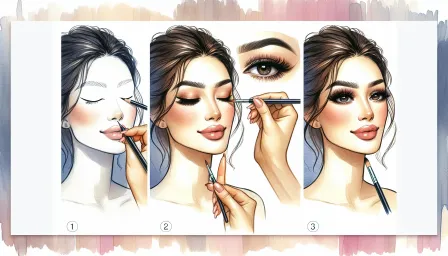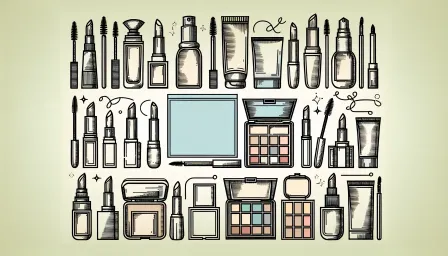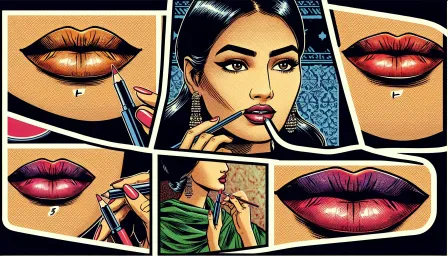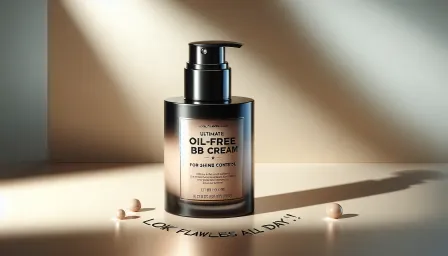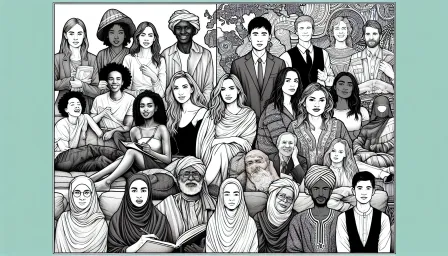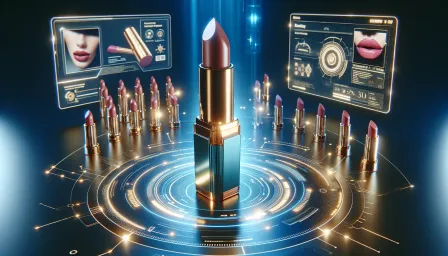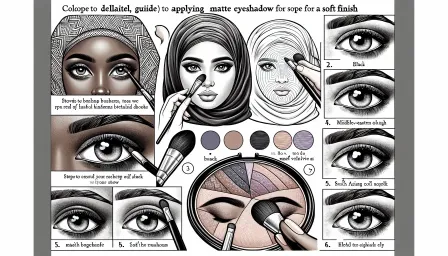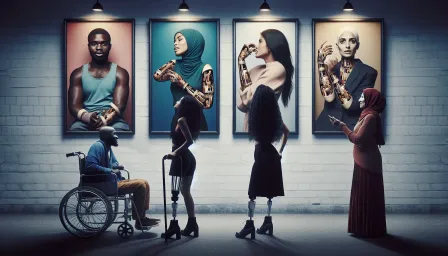The Impact of Unrealistic Beauty Standards on Mental Health: A Deep Dive
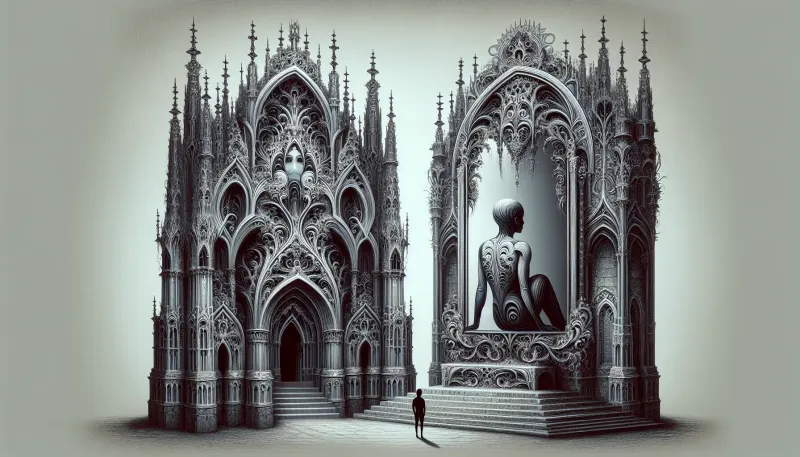
Explore the impact of unrealistic beauty standards on mental health. This comprehensive article delves into how societal expectations affect mental well-being and offers solutions.
Unrealistic beauty standards have become a pervasive part of modern society, influencing everything from media representation to personal self-esteem. In this article, we will examine how these unattainable ideals impact mental health, providing a comprehensive look at the underlying issues and potential solutions.
The Origins of Unrealistic Beauty Standards
The concept of beauty has evolved dramatically over time, influenced by cultural, social, and technological changes. Historically, beauty standards have often reflected the values and norms of the ruling classes. In the digital age, social media platforms and celebrity culture have amplified these standards, making them more pervasive and harder to escape.
How Unrealistic Beauty Standards Affect Mental Health
Body Image Distortion
One of the most direct impacts of unrealistic beauty standards on mental health is body image distortion. When individuals constantly consume images and messages promoting an idealized body type, it can lead to a distorted perception of their own appearance, sparking feelings of inadequacy and dissatisfaction.
Eating Disorders and Self-Esteem Issues
With the pressure to conform to certain beauty ideals, many people fall into harmful behaviors, including eating disorders such as anorexia and bulimia. Moreover, a persistent focus on appearance can erode self-esteem, leading to chronic conditions like depression and anxiety.
The Role of Social Media
Social media platforms exacerbate the problem by constantly showcasing curated and filtered images. The comparison culture engendered by these platforms can be particularly detrimental to young people's mental health, as they are more susceptible to external validation and peer pressure.
The Broader Societal Impacts
Gender and Beauty Standards
Women and men both suffer from unrealistic beauty standards, although the pressures and expectations differ. While women are often judged based on youth and physical appearance, men face expectations around muscularity and toughness. These gender-specific standards contribute to a cycle of insecurity and mental health issues across the board.
Economic Implications
The beauty industry thrives on these unrealistic standards, often promoting products and services as solutions to perceived flaws. This commercialization not only perpetuates the problem but also has economic implications, as individuals spend significant resources trying to meet unattainable goals.
Solutions and Steps Forward
Media Literacy
One of the most effective ways to combat the negative impact of unrealistic beauty standards is through media literacy. Educating individuals about the realities of image manipulation and the diversity of natural beauty can help reduce the pressure to conform to unrealistic ideals.
Positive Representation
Another crucial step is to promote positive and diverse representations of beauty in media and advertising. Companies and influencers can play a vital role in this by showcasing a variety of body types, skin tones, and ages.
Mental Health Support
Access to mental health services is essential for individuals struggling with the impacts of beauty standards. Therapy and counseling can help individuals build self-esteem and develop a healthier relationship with their bodies.
Conclusion
Unrealistic beauty standards pose a significant threat to mental health, affecting individuals' self-esteem, body image, and overall well-being. By understanding the origins and impacts of these standards, and by promoting education, diversity, and mental health support, we can begin to mitigate their harmful effects. It's time to redefine beauty in a way that celebrates diversity and promotes mental well-being.




